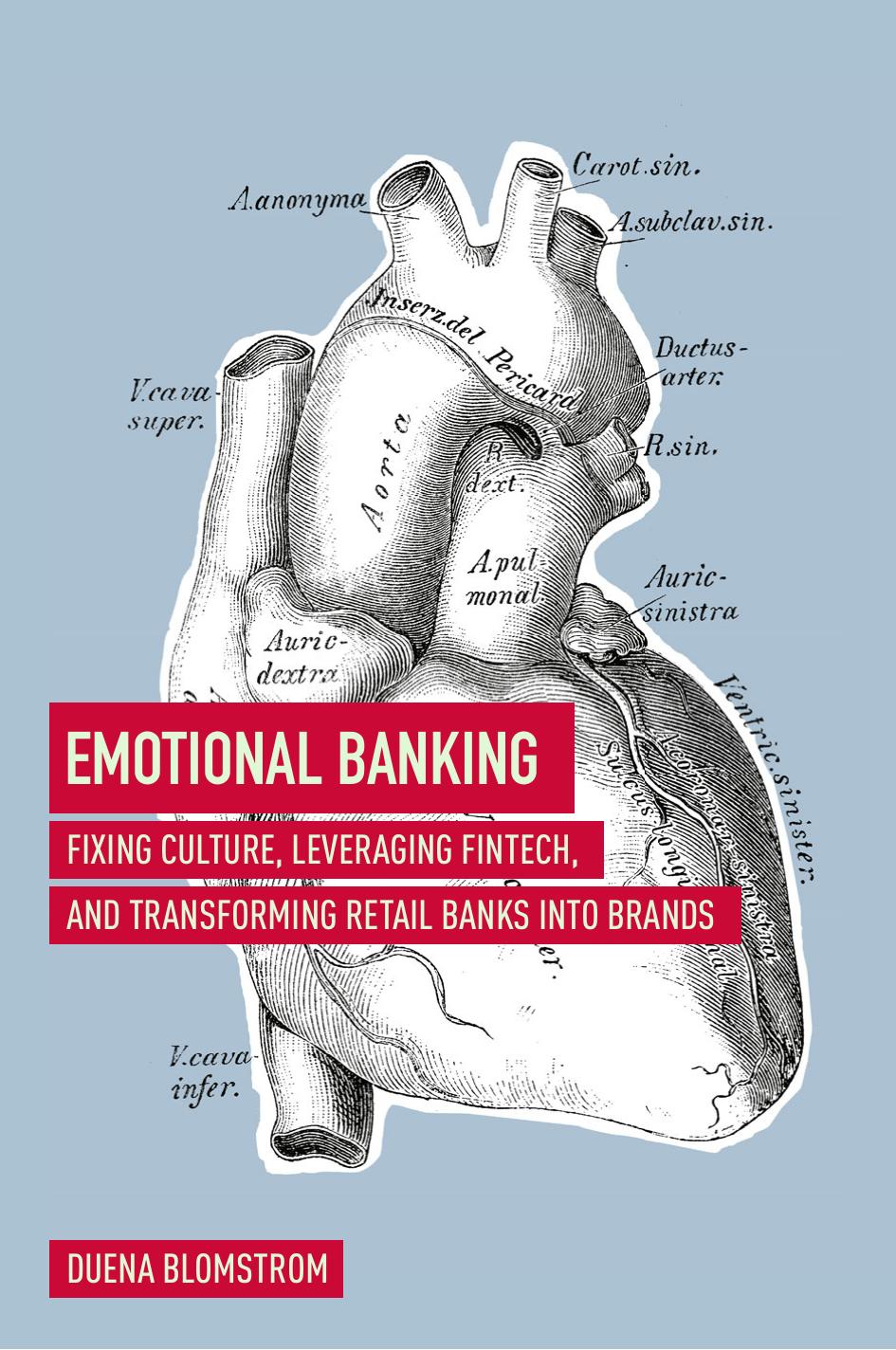Emotional Banking by Duena Blomstrom

Author:Duena Blomstrom
Language: eng
Format: epub, pdf
Publisher: Springer International Publishing, Cham
Good Money/Bad Money
One episode in the days surrounding the birth of the Emotional Banking concept sticks out in my memory.
On an all-night flight from London to Sydney circa 2013 where we are meant to deliver a speech on what’s best practice when designing a money proposition that people can fall in love with, Einar Gustafsson then Meniga’s VP of product and myself found ourselves going from a sheer slides-building exercise to one of those magical blue-sky moments of co-creation that leave one marked and elated.
At the time, we were—eternally tired trailblazers building one of the most amazing FinTech success stories with a technology piece that’s cornerstone to the entire digital strategy which was Meniga’s PFM —fresh off having helped build mBank and influenced the path of many other banks.
We could have simply listed what the last few years have been like and the stats of successful PFM implementations, but we were about to speak at NextMoney (then NextBank) a very different event that has been called the TEDx of FinTech —Design and concept-driven and determined to make a dent with cutting-edge content and some of the world’s best speakers and influencers. So we took it as a challenge.
Our position was unique: As B2B and B2C, we were not only a start-up making a mark in the industry but the proposition we were building was reaching customers directly on Meniga’s website in Iceland. As a result, the feedback loop was strong and direct and informed our Product Design at every corner, enabling us to imagine and execute some of the industry’s most daring propositions that consistently won awards.
We went back to the very basics in that 11 hours flight—Why do we do this? Who do we do it for? What is our duty of care in Financial Literacy? What are we trying to Design for? In our position as a Money Moment provider (no different than that of a bank in essence), what are we meant to encourage and discourage? And the question that most resonated with us was: How do people feel about their money—what’s Good Money and what’s Bad Money ?
When we started to think under those terms and categorize all the interactions our customers had with the bank depending on the emotion they elicited, we realized we simultaneously knew a lot and didn’t know enough.
Over the years, we had consistently supplied the banks we worked for with the insights we found in our direct to consumers efforts. Nine times out of 10, these “a-ha!” moments were absolute news to these banks. As opposed to us, they spent no time wondering if asking for a loan was an anxiety-riddled experience and if there was any way to make it less daunting by the way we offer information and design the experience . They didn’t know that the most positive experience one can have in as far as Money Moments goes is projective. They didn’t think that people would need more or less control depending on the stages of life they are in and their perceived financial security.
Download
This site does not store any files on its server. We only index and link to content provided by other sites. Please contact the content providers to delete copyright contents if any and email us, we'll remove relevant links or contents immediately.
International Integration of the Brazilian Economy by Elias C. Grivoyannis(91236)
The Radium Girls by Kate Moore(11921)
Turbulence by E. J. Noyes(7936)
Nudge - Improving Decisions about Health, Wealth, and Happiness by Thaler Sunstein(7615)
The Black Swan by Nassim Nicholas Taleb(7010)
Rich Dad Poor Dad by Robert T. Kiyosaki(6403)
Pioneering Portfolio Management by David F. Swensen(6226)
Man-made Catastrophes and Risk Information Concealment by Dmitry Chernov & Didier Sornette(5921)
Zero to One by Peter Thiel(5686)
Secrecy World by Jake Bernstein(4646)
Millionaire: The Philanderer, Gambler, and Duelist Who Invented Modern Finance by Janet Gleeson(4376)
The Age of Surveillance Capitalism by Shoshana Zuboff(4210)
Skin in the Game by Nassim Nicholas Taleb(4162)
Bullshit Jobs by David Graeber(4095)
The Money Culture by Michael Lewis(4076)
Skin in the Game: Hidden Asymmetries in Daily Life by Nassim Nicholas Taleb(3929)
The Dhandho Investor by Mohnish Pabrai(3699)
The Wisdom of Finance by Mihir Desai(3654)
Blockchain Basics by Daniel Drescher(3507)
